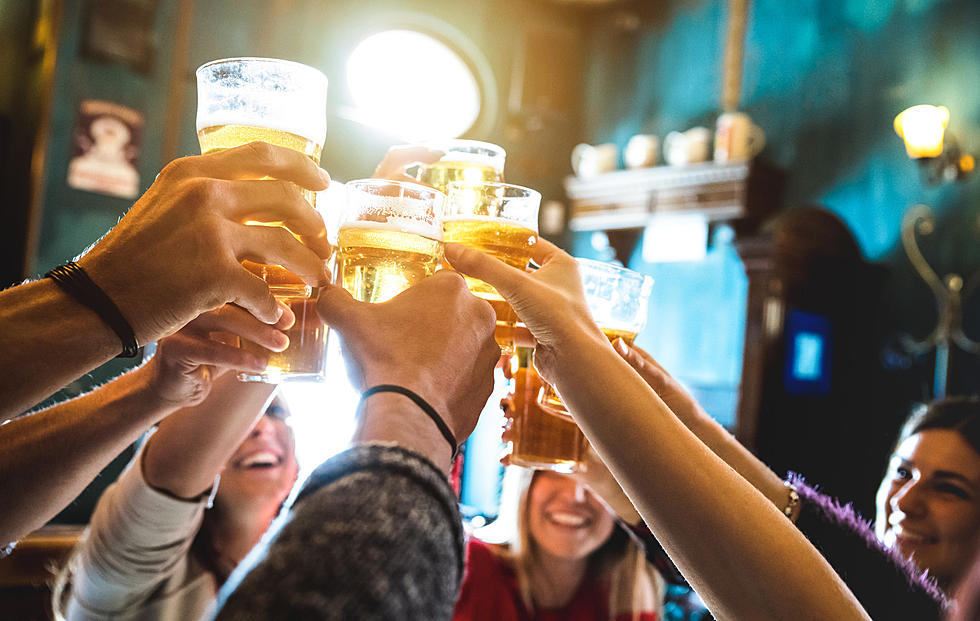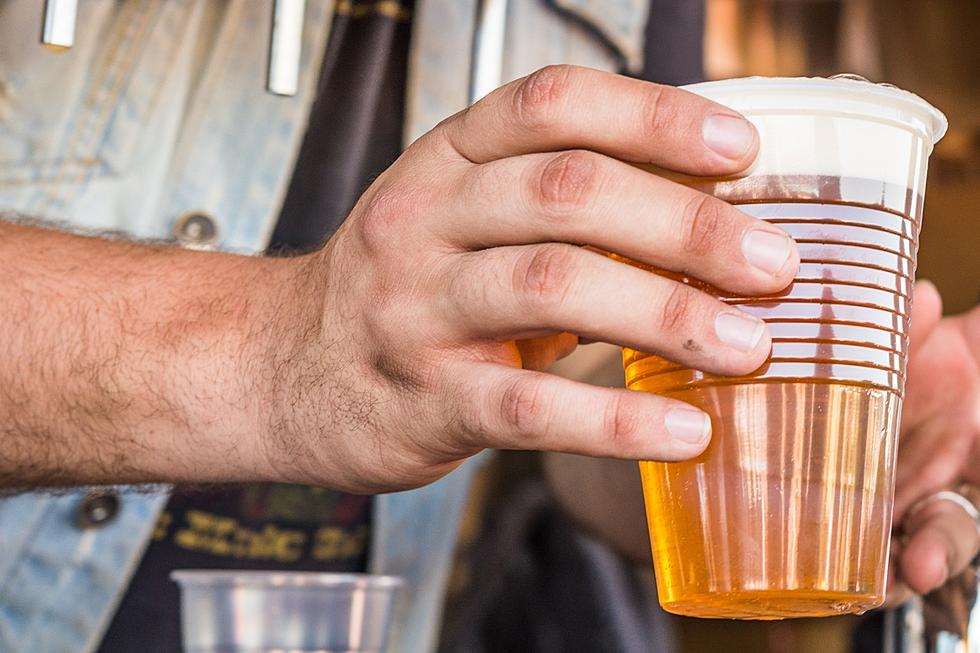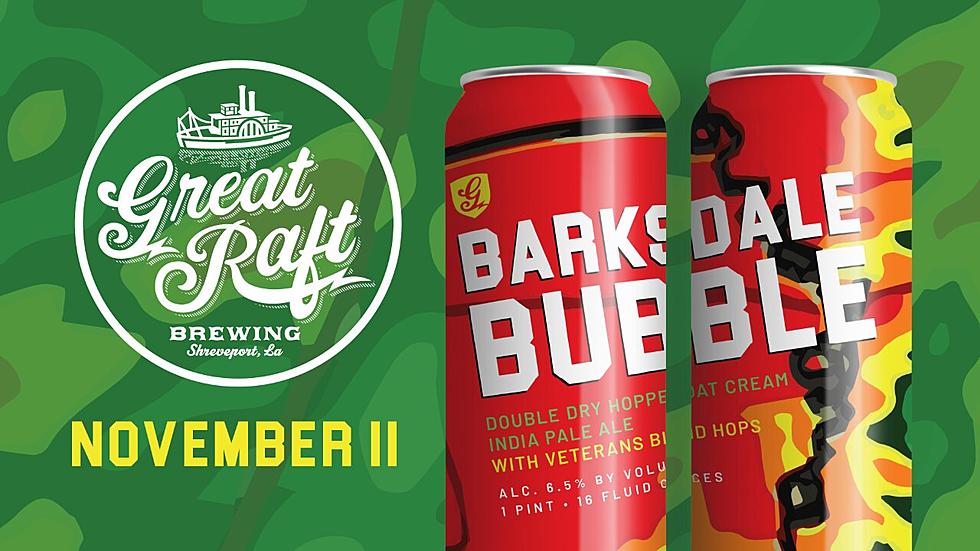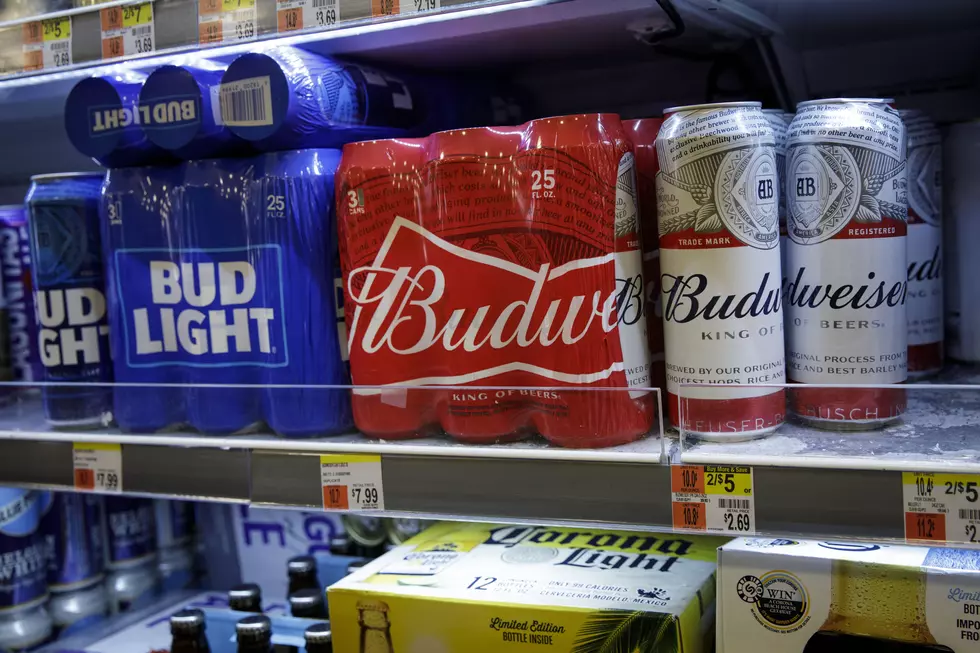
Five Things You Didn’t Know About Guinness
You may know that in 1759, Arthur Guinness, a 34-year-old man with some brewing experience, took over an abandoned brewery in Dublin, Ireland. You may also know that he named it St. James Gate and signed a 9,000-year lease with an annual rent of £45. But I bet you didn't know that it saved St. Patrick's Cathedral. Click "Read More" to hear the rest of the tale.
After 1759, a full 250 years later, Guinness is the No. 1 stout in the world, and an enduring symbol of Irish pride. The success of the beer owes as much to its unique aesthetics and long history of award-winning advertising campaigns as it does to its creamy, robust flavor.
On May 13, 2009, Guinness announced their plans for a celebration of this special anniversary year, culminating on "Arthur's Day," September 24, 2009, when at 17:59 p.m. local time around the world, Guinness lovers raised a unifying global toast to the man who started it all.
1- Arthur Guinness never brewed a stout
The first thing you didn't know about Guinness is that although his name is practically synonymous with a stout, Arthur Guinness himself never technically brewed one. Beer connoisseurs might accuse us of splitting hairs between porters and stouts; however, during his first couple decades in business he brewed an ale, and in the 1770s, as porters caught on in Dublin, he began brewing one himself. In 1799, he fully committed the brewery to porters -- which is where things stood when he died four years later.
In 1821, his son Arthur Guinness II established the recipe for a Guinness Extra Superior Porter, the precursor to the Guinness stout known worldwide today.
2- Three of the five Guinness breweries are in Africa
Although Guinness is brewed in 49 countries and sold in 150, Guinness itself owns five breweries worldwide, including St. James Gate in Dublin. One is in Malaysia, and the rest are in Africa, specifically in Nigeria, Ghana and Cameroon. In fact, Nigeria and Cameroon are among the top five markets for Guinness in the world.
However, the Guinness variant popular in Ireland, the UK and the U.S. is not the popular one in Africa, where they prefer the Guinness Extra Foreign Stout, a variant with a much higher alcohol content (7.5%) than the draft (around 4.0%).
3- Guinness saved St. Patrick's Cathedral
Another thing you didn't know about Guinness is that the cathedral in Dublin dedicated to the patron saint of Ireland is the beautiful cathedral it is today due in large part to the beer most closely associated with the country itself.
The relationship between Guinness and St. Patrick's Cathedral dates back to Arthur Guinness, who donated 250 guineas to the Chapel Schools of St. Patrick's. However, most of the credit goes to Arthur's grandson Benjamin Lee Guinness, who between 1860 and 1865 donated a whopping £150,000 toward the restoration of the crumbling cathedral. Little surprise, then, that a statue of Benjamin sits prominently on church grounds today.
4- Guinness draft has fewer calories than orange juice
Two common misconceptions surround the physical makeup of "the black stuff.” The first is that it's black (officially it has a ruby red color), and the second is that it's a heavy-handed beer, calorie-wise.
The reality is that 12 ounces of the full-bodied, ruby red stuff has just 125 calories, which is less than the same amount of the orange stuff (OJ: 183 calories) and the white stuff (skim milk: 135 calories). It's also less than many popular beers, including regular Budweiser (143), Coors Original (148), Dos Equis (145), Miller Genuine (143), Sam Adams Boston Lager (160), Sierra Nevada Stout (225) and Anchor Porter (205). Even Guinness Foreign Extra Stout, with 176 calories per 12 ounces, is comparatively low in calories.
5- Dead rats have nothing to do with the flavor of Guinness
The legend that dead rats provide Guinness its flavor is pure myth, although songs like the Dropkick Murphys' "Good Rats" do little to dispel it. The story goes something like this: Early Guinness brews didn't taste good until some dead rats were found in a barrel that, apparently, contained better-tasting Guinness. The subsequent success led Guinness to fortify the beer with rat bones. This ludicrous story is predicated on a fallacy (early brews were extremely successful), a fact that, by itself, invalidates the tale.
In truth, the unique flavor comes from the perfect recipe of roasted & malted barley, hops, yeast and water -- water from the Wicklow Mountains and not, according to another myth, from the River Liffey.
Happy St. Patrick's Day. Cheers.
-Your Drinkin' Brother Stu
More From Highway 98.9









